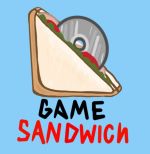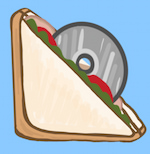Everyone has a video game console that captures them. For me, that was the Nintendo GameCube in the early 2000s. While it wasn’t Nintendo’s biggest failure ever (looking at you Virtual Boy and Wii U), the GameCube has this stigma of being a disappointment. This largely stems from it being stacked up against the massive success of the PlayStation 2 and the intriguing beginnings of the original Xbox. That all said, the GameCube library is something that deserves to be cherished in spite of its lower sales.
Experimental Nintendo at its best
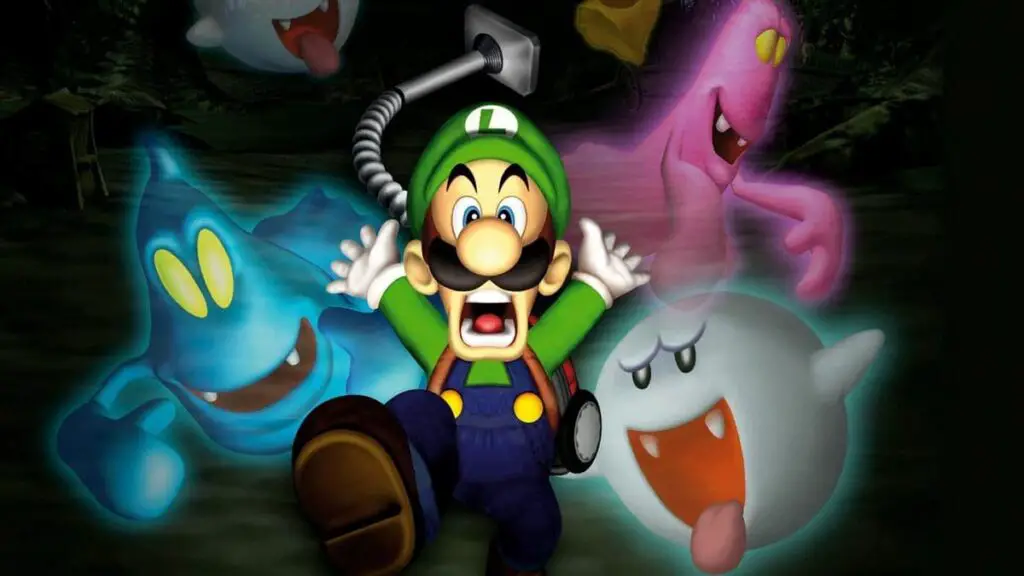
The biggest claim to fame for the GameCube is that its games were very inventive. At this point, we saw Nintendo try a lot of new things you usually wouldn’t expect from it. Instead of launching with a new Super Mario game, we got Luigi’s Mansion, which went on to establish Luigi’s personality for the first time as the scared but lovable character. If you’re a Luigi fan, you largely have that game to thank for his jump into the spotlight. Even Mario Kart had an off-the-wall entry with Double Dash featuring two racers per vehicle that some people still call their favorite in the series.
Mario sports games were at their all-time best on the GameCube. Modern versions of these titles are usually considered fine, but there is typically something missing. The GameCube had that perfect mix of chaotic sporty fun in the Mushroom Kingdom that toed the line perfectly between simulation and arcade titles. Mario Golf: Toadstool Tour and Mario Power Tennis were standouts, with lovable introductions to new events in Mario Superstar Baseball and Super Mario Strikers.
This month we are seeing the Pikmin 4 release, which got its start on the GameCube. Sure, the series never reached the “next Mario” levels of popularity that Shigeru Miyamoto wanted, but there is a very dedicated fanbase that loves those games. The wider world also got an introduction to Animal Crossing at this time, setting us up for New Horizons to be the most important game during the Covid pandemic. On the more underdog side, Chibi-Robo was a young series that had a lot of potential before Nintendo would completely fumble it in future releases.
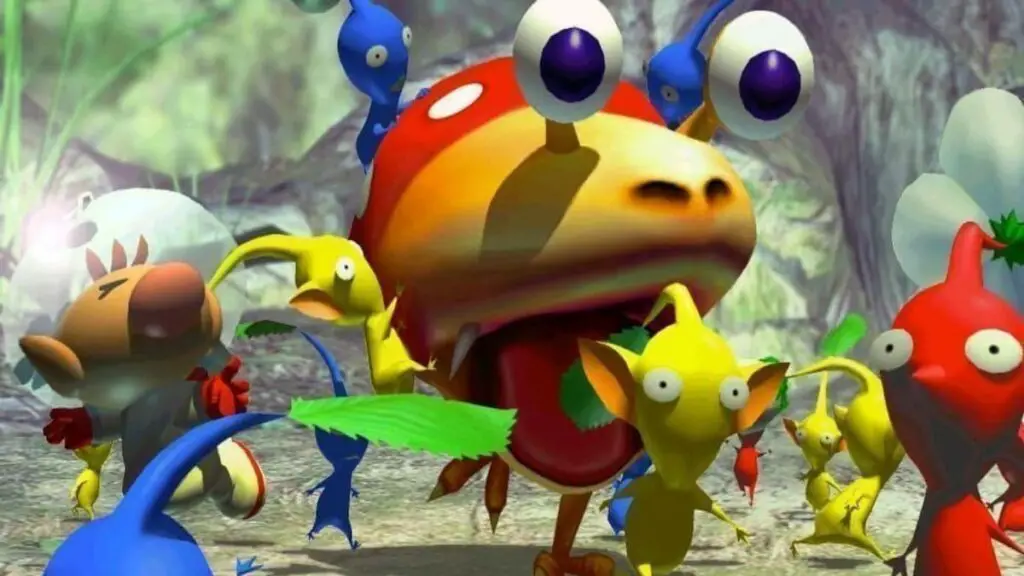
Super Smash Bros. Melee, F-Zero GX, Metroid Prime, Paper Mario: The Thousand-Year Door, The Legend of Zelda: Wind Waker, and Twilight Princess. All bonafide classics coming from the GameCube. Even the Mario Party series was arguably at its height during this time. All of these games are notable decades later as being standout experimental successes from Nintendo (and sometimes partners) doing something new with established Nintendo IP and succeeding greatly. The company is always known for its first-party successes, but the GameCube library stands toe-to-toe with any other console in quality Nintendo games.
More From Us:
One of the Switch’s biggest failures is not reviving The Legend of Zelda: Four Swords
Truly most shocking of all, we even saw Nintendo invest into horror. Even today, the sanity system in Eternal Darkness: Sanity’s Requiem is one of the coolest and most messed up ways to toy with players’ minds. Making them think that their saves were being deleted, or the volume was out of control, are just a couple of examples of how the game wanted to cause fear outside the boundaries of the game. It’s a crime we haven’t seen anything else done with that considering Nintendo owns the trademark on it and haven’t approached it again because of poor sales. This was Nintendo proving it was willing to go to new lengths to capture a wider age demographic than before. Even though they didn’t develop Eternal Darkness themselves, publishing a title like that was a massive step in a new direction for the company.
Even the third-parties got in on the fun
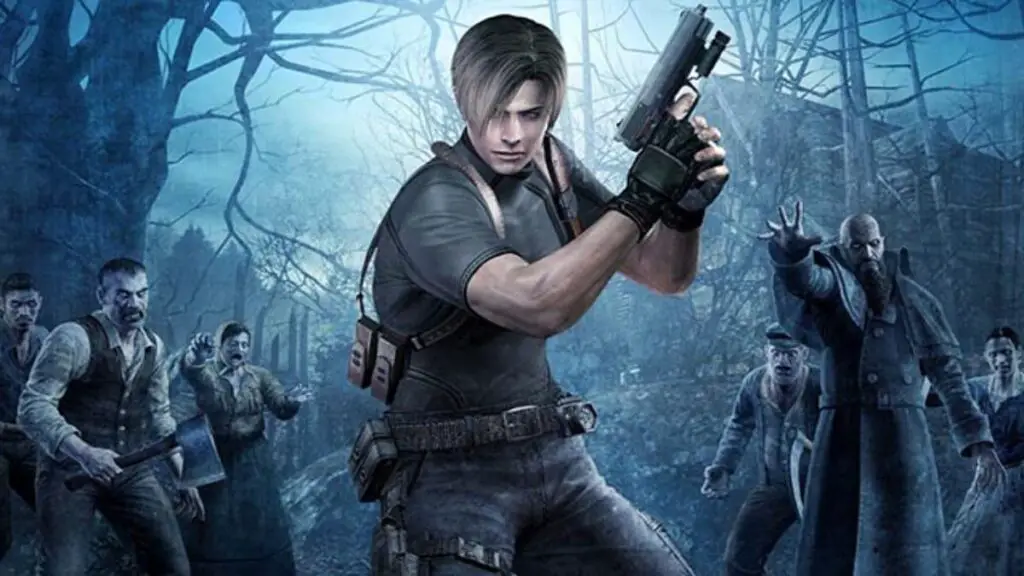
There are plenty of similarities that can be drawn, but what separates the Nintendo GameCube from a console like the Wii U? For as poorly received as the console itself was, the Wii U had plenty of strong first-party games that became even more beloved when they made their way to the Switch. The GameCube had much better third-party support, though.
At the forefront of the third-party library on the GameCube is the original release of Resident Evil 4. While the series was largely known for its PlayStation roots at the time, Capcom exclusively made it for the purple lunchbox until moving it to PS2 to increase sales. While Resident Evil 4 didn’t have success in terms of sales on GameCube, it was a win from a reviews standpoint for Nintendo, who we remind you are not known for horror games. New and old fans found a new home on the bright purple cube.
Resident Evil is a headliner, but it wasn’t alone in capturing many GameCube owners’ attention. After the Dreamcast went down, Sega worked out an exclusive deal to bring the Sonic Adventure games to GameCube, about a decade following the most infamous console wars. Sonic Team even did the unexpected and made Billy Hatcher and the Giant Egg for the Nintendo platform. At the time, it was absolutely wild to think of two of the biggest competitors in the gaming industry partnering up like this.
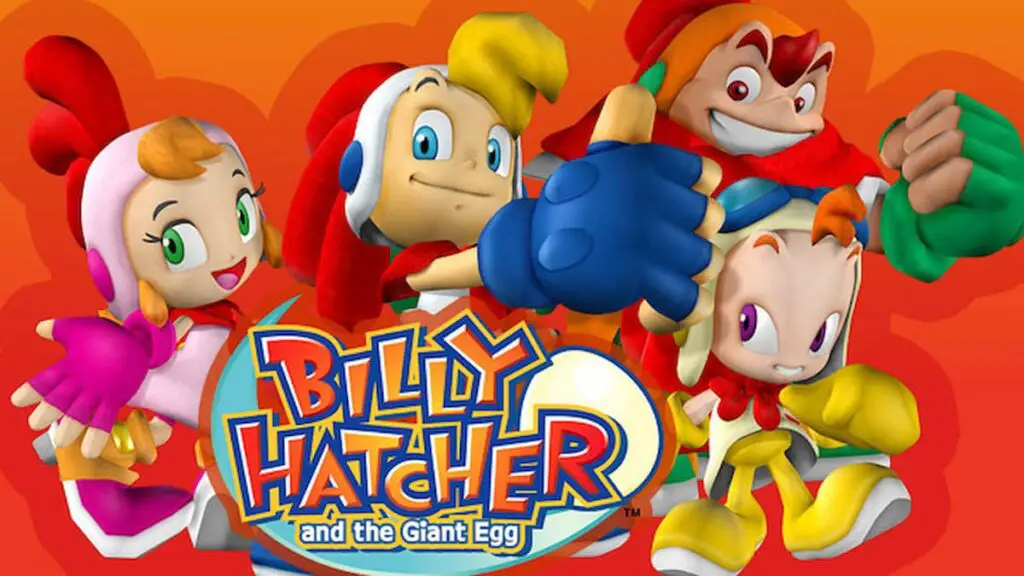
Maybe we could say that game development as a whole was at an all-time high level during the GameCube era. To this point, we’ve been mostly talking about exclusives. That said, there were plenty of multiplatform releases that remain ingrained in people’s minds today. Soulcalibur II was the most notable for its inclusion of Link, and Mario made his way to some EA Sports Big games in NBA Street Vol. 3 and SSX On Tour.
As much as we love the Nintendo 64, that console did a lot of irreparable harm to Nintendo in the third-party output. The GameCube library had a massive step forward in fixing those issues. Have you been eagerly awaiting Beyond Good and Evil 2? The original came out during this time. Crazy Taxi was great arcade fun alongside Super Monkey Ball. Even licensed games had some gems in The Simpsons Hit & Run, Lord of the Rings: The Two Towers, and The Incredible Hulk: Ultimate Destruction. The Burnout series made its debut during this time. The list of great games goes on and on.
The GameCube might have been a disappointment sales-wise for Nintendo at the time, but I consider it to have the best collection of quality games of all time. The company was willing to bring a wide variety of quality titles across genres to its platform for the hardcore crowd and family-friendly audiences alike. The GameCube library is a success story in memorable video game experiences that deserved better than it got.
